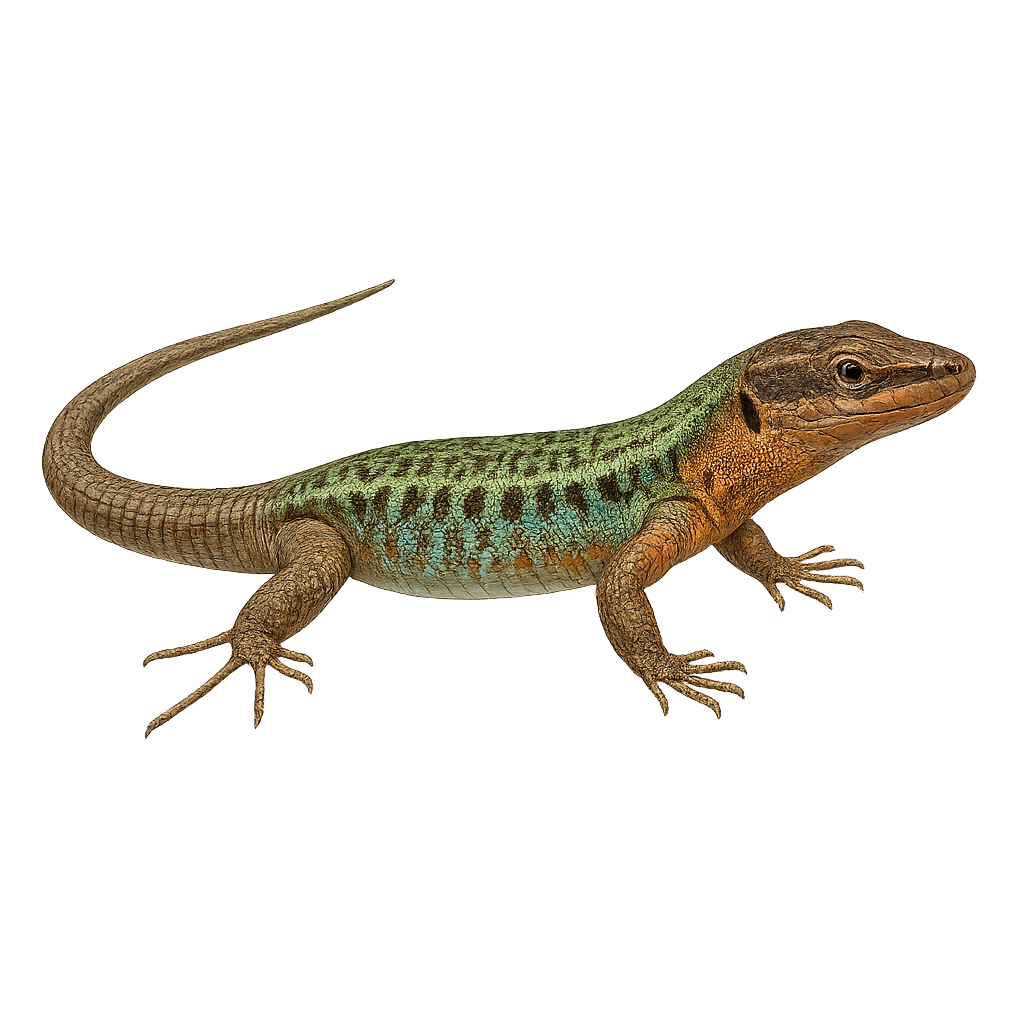Your wildlife photography guide.
Explore the peloponnese wall lizard in detail, study its behavior, prepare your shots.
Where to observe and photograph the peloponnese wall lizard in the wild
Learn where and when to spot the peloponnese wall lizard in the wild, how to identify the species based on distinctive features, and what natural environments it inhabits. The WildlifePhotographer app offers tailored photography tips that reflect the peloponnese wall lizard’s behavior, helping you capture better wildlife images. Explore the full species profile for key information including description, habitat, active periods, and approach techniques.
Peloponnese Wall Lizard
Scientific name: Podarcis peloponnesiacus

IUCN Status: Least Concern
Family: LACERTIDAE
Group: Reptiles
Sensitivity to human approach: Suspicious
Minimum approach distance: 3 m
Reproduction period: January to December
Incubation: 30–45 jours
Births: January to December
Habitat:
rocky areas, stone walls, shrubby areas
Activity period :
Active during the day when temperatures are favorable, often seen basking in the sun.
Identification and description:
The Peloponnese Wall Lizard, scientifically known as Podarcis peloponnesiacus, is a medium-sized lizard endemic to the Peloponnese region of Greece. It typically measures between 18 and 25 cm in total length, including the tail. Its coloration ranges from brown to green with distinct dorsal patterns, allowing it to blend seamlessly into its natural rocky habitats. Preferring rocky terrains, stone walls, and shrubby areas, it is primarily active during the day, basking in the sun and feeding on insects, spiders, and occasionally small fruits. Known for its speed and agility, this lizard is adept at evading predators.
Recommended lens:
Macro – adjust based on distance, desired framing (portrait or habitat), and approach conditions.
Photography tips:
To photograph the Peloponnese Wall Lizard, it is advisable to use a macro lens to capture the details of its skin and distinctive patterns. Approach slowly and maintain a distance of about 3 meters to avoid scaring it away. Photograph it during the warmest hours of the day when it is active and basking in the sun. Look for natural backgrounds like rocks or stone walls to highlight its natural habitat. Use a fast shutter speed to freeze its quick movements and achieve sharp images.
The WildlifePhotographer App is coming soon!
Be the first to explore the best nature spots, track rutting seasons, log your observations, and observe more wildlife.
Already 1 431 wildlife lovers subscribed worldwide

